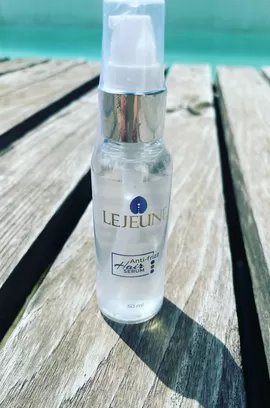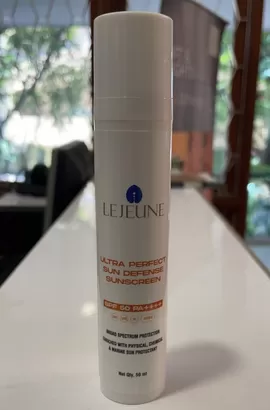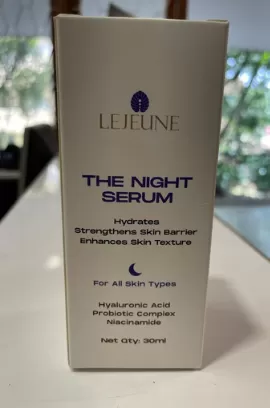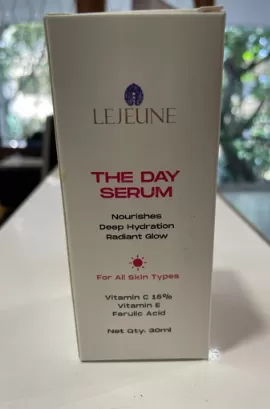Platelet Rich Plasma Therapy For Hair Loss
PRP therapy for hair loss is a popular way to help regrow hair naturally. Since it uses our own blood cells to stimulate hair growth. As the term ‘platelet rich plasma’ suggests, platelets are five times more concentrated in PRP than in regular blood. This concentration of platelets is useful, because platelets secrete growth factors that promote wound healing and tissue regrowth.
When it comes to hair loss, the theory is that platelet rich plasma is injected deep into the scalp to reach the root of the hair follicle. This in turn, stimulates hair growth. Our blood is made up of two components namely, red blood cells and plasma. The plasma contains the white blood cells and platelets, which is rich in growth factors.
The hair loss condition affects both men and women. In men, the hair loss typically occurs on the top and front of the head. In women, thinning of hair occurs on the top and crown of the head. Often begins with the centre part of the hair growing wider.
There is evidence that PRP therapy may work best when combined with other treatments like topical minoxidil, or oral finasteride, which is an anti-androgenic medicine.
PROCEDURE
The doctor takes 10-20 ml of blood from the arm of the patient.
This is then placed in a centrifuge machine and spun for 15-20 minutes, at a high speed. This separates the plasma from the blood.
After that, the blood separates into 3 layers:
Platelet poor plasma
Platelet rich plasma
Red blood cells
Before injecting, numbing ointment is applied so that there is less discomfort.
The platelet rich plasma obtained after 35 minutes, is then injected into the scalp in the region where hair is to be grown. This type of treatment yields excellent results.
There are two types of PRP:
PRP contains natural factors facilitating hair growth, like Platelet Derived Growth Factor (PDGF).
An advanced form of PRP is GFC, where only the growth factors are extracted from the activated platelets. GFC requires less number of sessions. Maintenance session is needed annually. GFC uses higher concentration of growth factors and thus, more effective to promote hair growth.
PRF is Platelet Rich Fibrin which is used for hair restoration. To regenerate and restore inactive hair follicle.
BENEFITS OF PRP
Ø Non-surgical, non-invasive.
Ø Non-scarring; since it uses only needles, there are no scars created on the scalp.
Ø It is one of the safest treatment for addressing hair loss issues.
Ø It is ideal for those who want natural and safe and hair restoration.
Ø Since it uses our own blood, it eliminates the risk of any allergic reactions.
Ø Before injecting, numbing ointment is applied which causes only minimal discomfort.
Ø Zero downtime, and the patient can return to normal activities after the procedure.
Ø Natural looking results.
VISIBILITY OF RESULTS
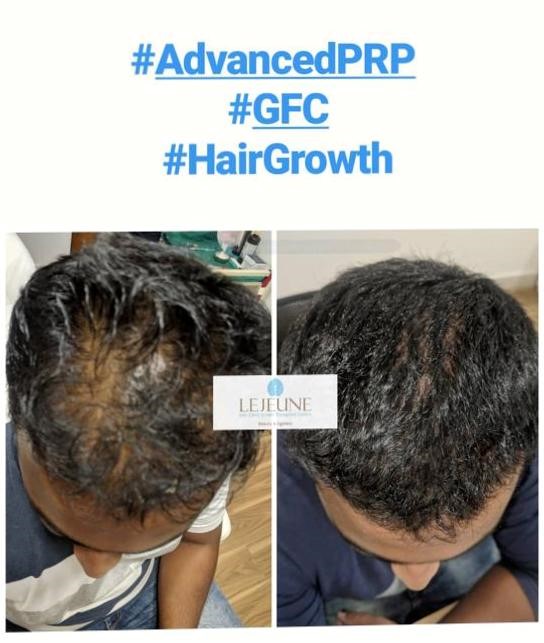 |
Results are visible within 6-12 months, although most patients begin to notice the results in 3 months.
For best results, consistency is key!
NUMBER OF SESSIONS
In case of PRP, more number of sessions is required; approximately 6-8 sessions. Maintenance session is needed annually.
POST CARE TREATMENT AND PRECAUTIONS
While there is no real recovery time after the procedure, but there are a few things to keep in mind such as:
Avoid touching or scratching the scalp as much as possible, in order to prevent damage to the skin and infection risk.
Avoid shampoo or conditioner or use of any product for 12 hours.
If any discomfort or pain, take a paracetamol until the pain disappears.
PRP is not a way to get back lost hair, but a way to thicken the existing hair follicles.
SIDE-EFFECTS OF PRP FOR HAIR LOSS
Ø Injury to the blood vessels or nerves
Ø Infection
Ø Calcification at the injection points Scar tissues
Author : Maansi Chodha
